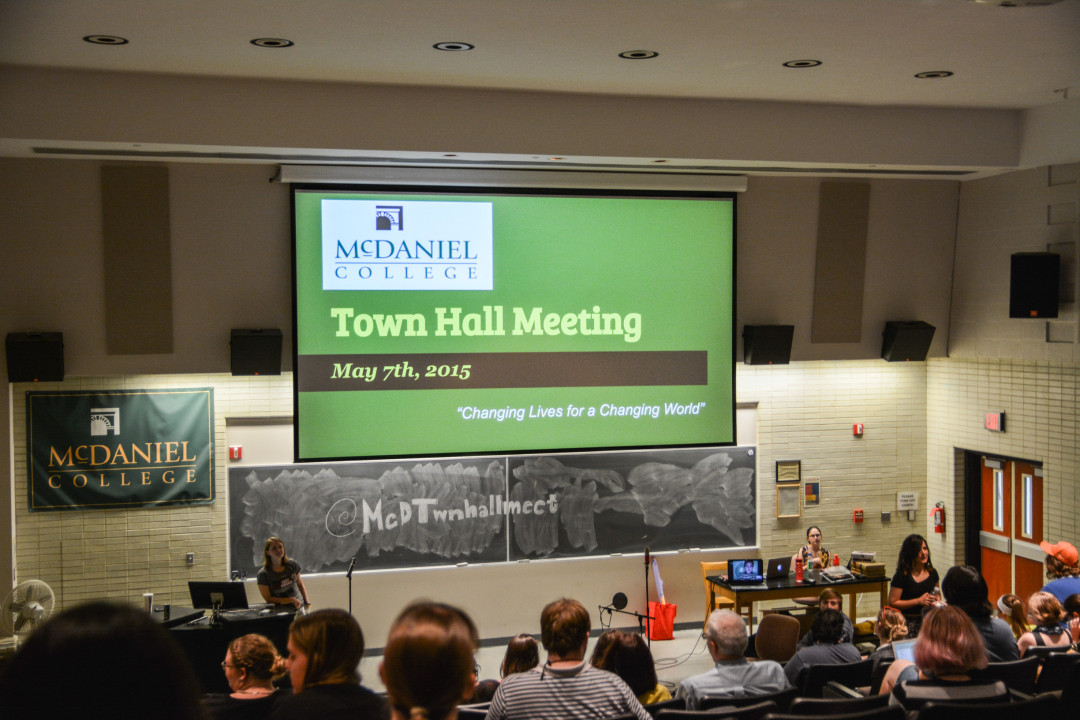What does the SGA do with its $21,000 dollar budget? It allocates it to clubs and organizations who host campus wide events of course; but how do they divvy it out among the various organizations on campus?
In years past, groups and organizations would visit the SGA office by Englar Dining Hall to fill out four pages of paper work; they would then set up a meeting. These meetings would be brief, allowing the groups and organizations to summarize what they are all about, and how much money they will need to host campus events for the school year. After the meeting, the SGA and finance committee would recommend how much they think the group should be allocated.
Although this process did work, it was not very effective, because the budget was divvied up on a first-come, first-served basis. This was the major issue that SGA found in their allocation process because they were unable to allocate funds to organizations if they set up their meetings too late.
Junior SGA Vice President Zach Weeden explains SGA’s new process for allocating their annual budget among McDaniel’s groups and organizations: “Everyone is required to submit a packet, which contains a summary of club and events, finance statements, list of all the events and cost of the events, and requested amount of money for the SGA to consider.”
The packets were due early last fall. SGA President Nick Bender added that, “they are also required to add in a form that tells us what community service event they plan on doing. That is a new requirement we added this year.”
Once all the packets were handed in, SGA members would review them. They made a giant spread sheet, which showed how much each club requested, and how much the SGA thought they should allocate to the clubs. Prior to the new allocation process, the SGA would take clubs’ word for how much events cost; now they require invoices before they allocate any money.
The events that call for the largest allocations from the SGA are dinners. Dinners cost up to $20 a person, but most clubs only want to charge students $5 for the meals. The issue was that the clubs had no way to make up the difference, so SGA decided that all clubs requesting allocations to subsidize dinners will be awarded $500. SGA came up with that number by taking the average number of people in the clubs who were asking for dinner allocations.
Weeden stated that “the new process is a more effective and fair way to allocate money to clubs.”
Also, if a club wants to host an event, SGA has a second fund separate from the initial allocation budget. This fund is known as a co-sponsorship. The fund is given on a first-come, first-served basis and the club is required to represent the fact that SGA is hosting the event with them.





Given the limited amount of funds ($21,000) for a large amount of clubs (at least something like 60), what criteria are the SGA using to allocate and disperse funds? Do certain clubs receive priority? Should they? How comfortable are we with four to five individuals dispersing $21,000 without some known set of guidelines or criteria? Are these fair criticisms?
Also, where is transparency? Shouldn't information about which clubs got money (and how much) be made both available and accessible to all club leaders?
What's up with Organization Council Meetings? What happened to status reports?
No offense intended either way, I'm just throwing it out there.